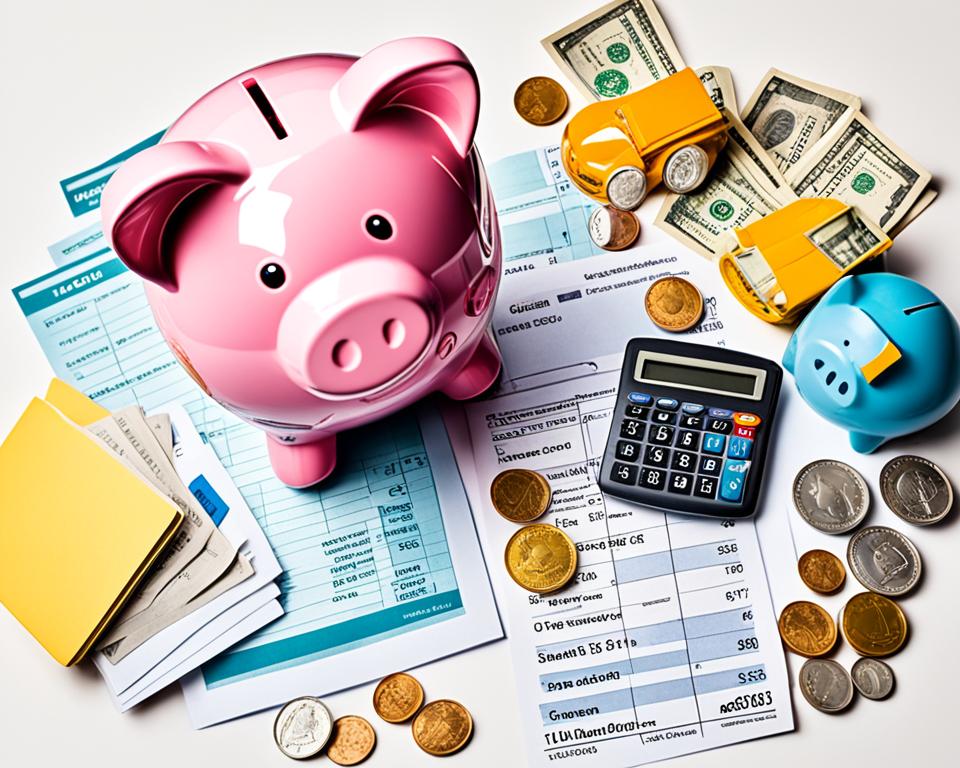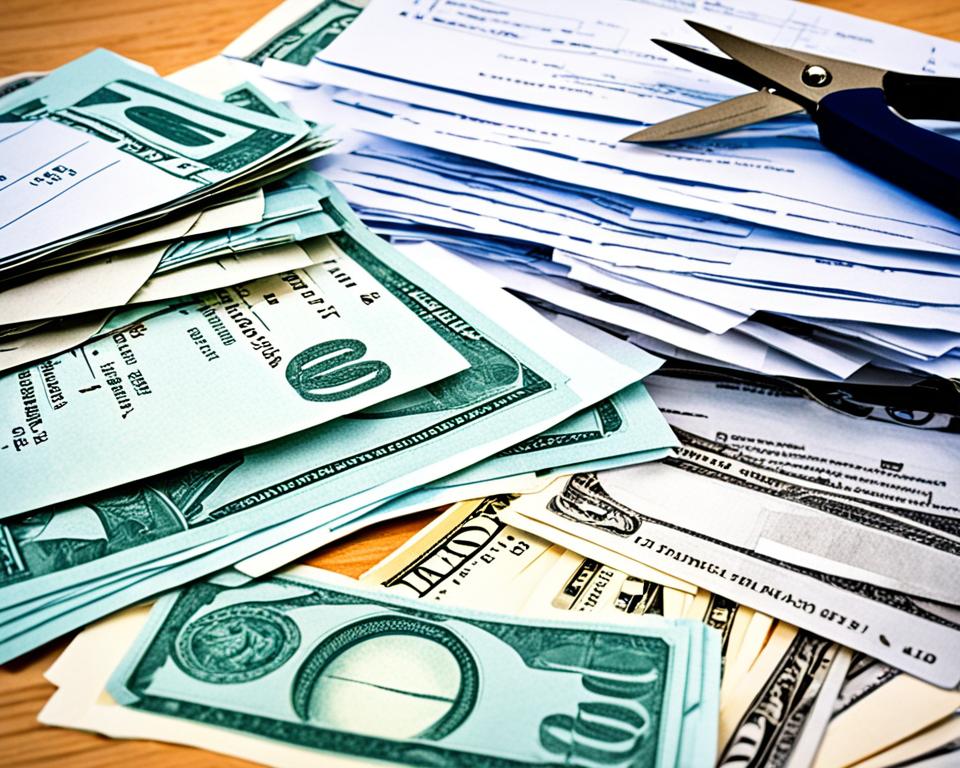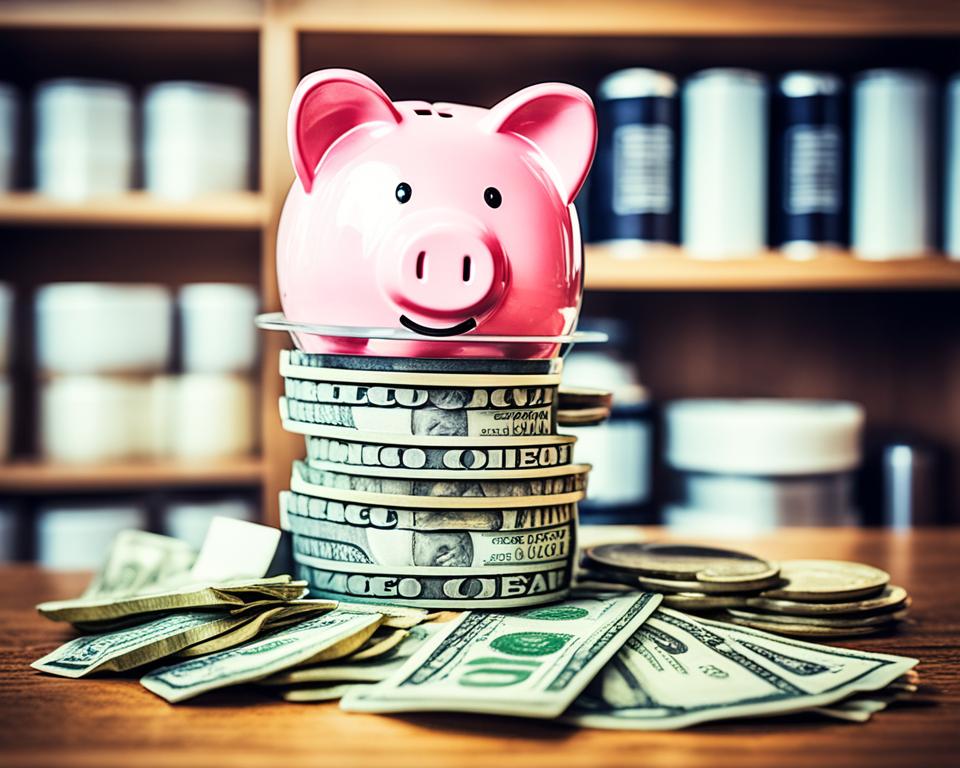Importance of Building an Emergency Fund
An emergency fund is a crucial component of any well-planned financial strategy.
It serves as a safety net that can protect you during unexpected situations and provide a sense of security. Building an emergency fund is important because life is unpredictable, and having funds set aside specifically for emergencies can help alleviate financial stress when unforeseen circumstances arise.
Without an emergency fund, you may find yourself struggling to cover unexpected expenses, such as medical bills, car repairs, or home repairs. Relying on credit cards or loans for these expenses can lead to debt and financial strain in the long run. With an emergency fund, you have the peace of mind that comes from knowing you can handle unexpected financial setbacks without jeopardizing your financial stability. It allows you to take control of your finances and reduces the need to borrow or rely on others during difficult times.
Understanding the Significance of Having Financial Security
Creating financial security is essential for a stable and stress-free life. Having financial security means being prepared for any financial challenges or emergencies that may arise unexpectedly. It provides a sense of comfort and peace of mind, knowing that you have the ability to cope with unforeseen circumstances without facing significant financial difficulties.
One significant aspect of financial security is the ability to cover your basic living expenses, such as housing, food, and utilities, without relying on credit or borrowing money. When you have a solid financial foundation, you are better equipped to handle unexpected events, such as medical emergencies or job loss, without compromising your financial well-being. Moreover, financial security allows you to plan for your future, whether it’s saving for retirement or pursuing your dreams and goals.
Assessing Your Current Financial Situation
One important step in building an emergency fund is assessing your current financial situation. This involves taking a closer look at your income, expenses, and overall financial health. Start by evaluating your monthly income from all sources, such as your salary, investments, or side hustles. Consider any potential fluctuations in income as well. Next, analyze your monthly expenses, including fixed costs like rent or mortgage payments, utility bills, and loan repayments. Don’t forget to account for variable expenses such as groceries, transportation, and entertainment. By thoroughly examining your income and expenses, you can get a clear picture of your financial standing and determine how much you can realistically save each month.
In addition to income and expenses, it’s important to assess your current savings and debt situation. Take inventory of any existing savings accounts, investments, or other assets that can potentially contribute to your emergency fund. On the other hand, calculate the total amount of debt you owe, including credit card balances, student loans, or any outstanding loans. This assessment will help you understand your financial obligations and identify any areas where you may need to allocate more resources for building your emergency fund. Remember, a comprehensive evaluation of your current financial situation is a crucial first step towards achieving financial security and peace of mind.
Determining Your Monthly Living Expenses
One of the key steps in building an emergency fund is determining your monthly living expenses. This involves thoroughly assessing your regular expenses, such as rent or mortgage payments, utilities, groceries, transportation, and insurance. It is important to be meticulous in this process to ensure that you have a clear understanding of your financial obligations. By doing so, you will be better equipped to establish a realistic savings goal and develop an effective plan to cut unnecessary expenses and increase your savings.
Determining your monthly living expenses also entails keeping track of your discretionary spending, such as dining out, entertainment, and non-essential purchases. These are the areas where you can potentially make significant adjustments to your budget. By analyzing your spending habits, you can identify areas where you may be overspending and find practical ways to cut back. Remember, even small changes can make a significant difference over time. Taking the time to assess your expenses is a crucial step in building a strong emergency fund and achieving financial security.
Setting Realistic Savings Goals
One of the key steps in building an emergency fund is setting realistic savings goals. It is important to have a clear understanding of your income, expenses, and financial priorities before determining how much you can save. Assessing your current financial situation can help you identify areas where you can cut back on expenses and allocate more funds towards building your emergency fund.
When setting savings goals, it is crucial to be realistic and practical. Consider your monthly living expenses, such as housing, utilities, transportation, and groceries, as well as any outstanding debts and financial obligations. It is advisable to aim for a savings target that is achievable within your current income and does not impose too much strain on your day-to-day finances. By setting goals that are attainable and within reach, you are more likely to stay motivated and successfully build a strong emergency fund.
Strategies to Cut Expenses and Increase Savings
One effective strategy to cut expenses and increase savings is to closely examine your monthly spending habits. Start by tracking your expenses for a month to identify areas where you can make adjustments. This process may reveal unnecessary expenses, such as eating out frequently or spending on impulse purchases, which can be reduced or eliminated altogether. By being mindful of your spending and making conscious choices, you can make significant progress towards building your emergency fund.
Another approach to cutting expenses is to explore ways to save on essential bills and utilities. Evaluate your current service providers for things like cable, internet, and insurance plans. Consider shopping around for better rates or negotiating with your existing providers for lower prices. Additionally, look for ways to conserve energy and reduce your monthly utility bills. Simple actions like turning off lights when you leave a room or using energy-efficient appliances can make a difference and contribute to saving more for your emergency fund.
Exploring Different Types of Emergency Savings Accounts
When it comes to exploring different types of emergency savings accounts, it is important to consider various options that can provide you with the necessary financial security during unexpected situations. One option to consider is a traditional savings account offered by banks or credit unions. These accounts are generally easily accessible and can be opened with a low minimum deposit. They often come with interest rates, although these rates may be relatively low.
Another option to explore is a money market account. Money market accounts typically offer higher interest rates compared to traditional savings accounts. They also often come with limited check-writing and withdrawal capabilities, making it a good choice if you want both accessibility and the potential for higher returns. However, it is important to note that money market accounts may require a higher minimum deposit and may have monthly fees associated with them.
Tips for Building a Strong Emergency Fund
It is important to have a strong emergency fund to provide you with financial security during unexpected circumstances. Here are some tips to help you build a solid emergency fund.
Firstly, prioritize saving a certain amount of money from each paycheck. Even if it is a small amount, consistent savings contributes to the growth of your emergency fund over time. Secondly, consider automating your savings by setting up automatic transfers from your checking account to your emergency savings account. This way, you won’t have to rely on willpower alone to save money. By making saving a regular part of your financial routine, you are more likely to reach your goals.
Dealing with Unexpected Financial Setbacks
When faced with unexpected financial setbacks, it is important to remain calm and assess the situation. Take the time to carefully review your financial resources and plan accordingly. Start by analyzing your monthly expenses and determine if there are any areas where you can cut back temporarily. Look for ways to reduce unnecessary spending and focus on essential items only.
Additionally, consider exploring alternative sources of income or seeking additional assistance if needed. This could include taking on a part-time job, freelance work, or even reaching out to local organizations or government resources that provide financial support during difficult times. Remember, dealing with unexpected financial setbacks requires flexibility and a willingness to adapt your financial strategy to overcome the obstacles that arise.
Maintaining and Growing Your Emergency Savings Account
Once you have successfully built an emergency savings account, it is important to maintain and grow it to ensure continued financial security. One way to do this is by incorporating regular contributions into your budget. Treat your emergency fund as a non-negotiable expense, just like any other bill or debt payment. By consistently setting aside a portion of your income, you will be able to replenish any funds used during unexpected situations and continue to grow your savings.
In addition to making regular contributions, it is essential to avoid using your emergency savings for non-emergency expenses. Tempting as it may be to dip into these funds for a vacation or a new gadget, remember that the purpose of the account is to provide a safety net during times of financial hardship or unforeseen circumstances. By resisting the urge to spend this money on non-essential items, you will be able to maintain the integrity of your emergency fund and ensure that it is there when you truly need it.




